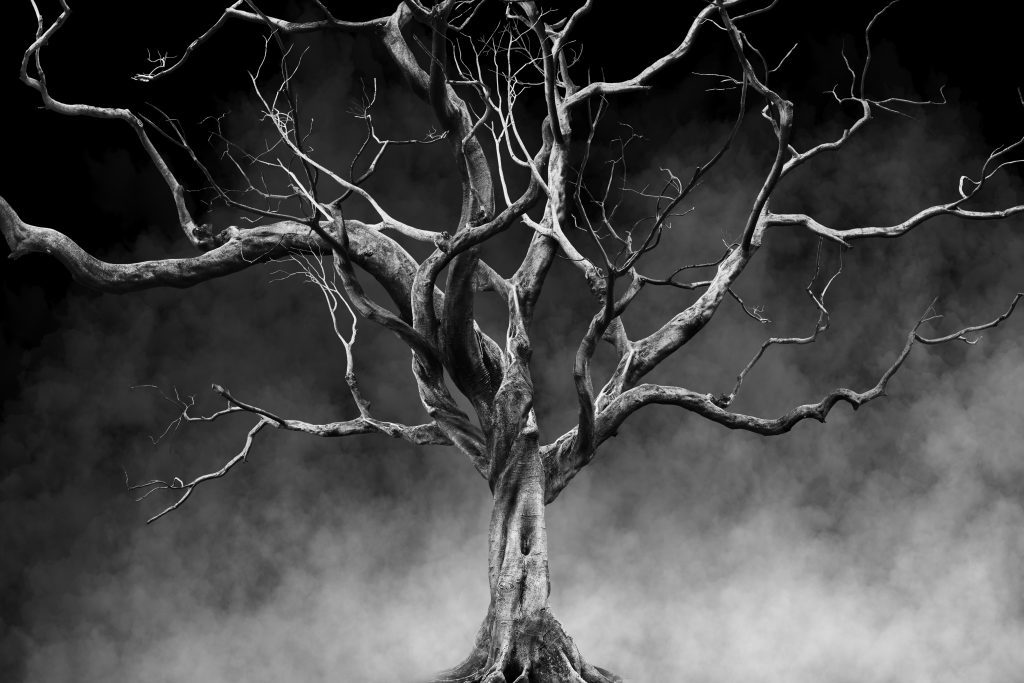With a mere population of one hundred residents, Avilla Missouri sits right off the road of Route 66. Avilla is known as one of the longest living ghost towns on the historic Route 66. Founded in 1856, it is the fourth oldest village or town in Jasper County. This once vibrant farming community is filled with a long enchanting history and a dark past. People who still live there say the darkness looms over the town to this date. So what happened in Avilla to make it the ghost town it is today?

To know that we have to go back to the A Civil-War. Missouri was a highly contested border state with both Union and Confederate soldiers. This is where the first legend begins. It involves the spirit of The Avilla Phantom Bushwhacker or, as some call it, Rotten Johnny Reb. Civil war bushwhackers were some of the original guerrilla warfare fighters. They had one purpose and that was to destroy the enemies’ spirit in any way possible.
Rotten Johnny Reb’s spirit is said to haunt not only the town but also the infamous “Death Tree.” As the legend goes, during the war the body of a dead Confederate Bushwacker was found. To ward off future fighters the skull was taken hung from a tree. This eerie symbol of warning did not go as planned though. As a result of removing the skull from the rest of the body, the ghost of Rotten Johnny Reb was created. His ghost torso searches the town and surrounding woods for his head and for Yankees to kill. Many deaths have been blamed on him over the years. This legend began driving off many of the remaining townspeople after the war ended.

There are conflicting stories as to how this story might come to an end. One way to end the curse and put Rotten Johnny Reb’s spirit to rest is to find his skull, cut it down from the tree and bury it. Another says to set the skull ablaze on holy ground. Or much like the story of the headless horseman the skull simply needs to be returned to the torso. However, it is now basically impossible to do this task because the location of the Death Tree died off along with the last survivors of the war. There was a belief that black crows would flock to it during the day as a perch, and that it was an apple tree that no longer would bear fruit. However, time and the changing landscapes have made finding the tree impossible, if it would even be standing at all today.
What also lurks the ghost town of Avilla, are reports of Shadow Folk. These ghostly figures have been seen through the windows of the abandoned buildings, wandering through the halls of abandoned homes, walking down the empty roads in town, most notably on the side of Route 66, strolling through the park in the center of town and even passing through the locked doors of the post office. One of the shadow folk appears to be that of the town drunk, as the shadow staggers out of the abandoned building that was once the life of the town’s tavern and collapses as if passing out. Although the Shadow Folk may be creepy, they are harmless. In fact, they don’t seem to take notice of the living at all. Paranormal researchers believe that they are the psychic impressions left by people who inhabited the town in the past. They are most likely to be seen at the old abandoned part of the village along Route 66 and can be seen mostly at night.
If you are ever traveling through Route 66 be sure to stop by the ghost town of Avilla. Who knows if you might be one of the lucky few who gaze upon the shadow folk of this eerie little town. This site has been visited by several ghost hunters over the years and certainly has a creepy old civil war graveyard if you are into those sorts of things.. we are! Want to see more, check out this quick video from “The Ghost Watch” channel on Youtube.

